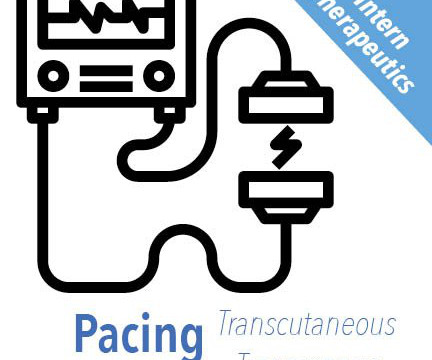ToxCard: Local Anesthetic Systemic Toxicity
EMDocs
APRIL 10, 2024
Authors: Alex Rogers, MD (EM Resident Physician, Christus Spohn/Texas A&M University School of Medicine, Corpus Christi, TX); J.D. 1] CV manifestations include: Bradycardia, tachycardia, ventricular dysrhythmias, cardiac arrest. [1-5] Epidemiology Most common cause: inadvertent intravascular injection.












Let's personalize your content